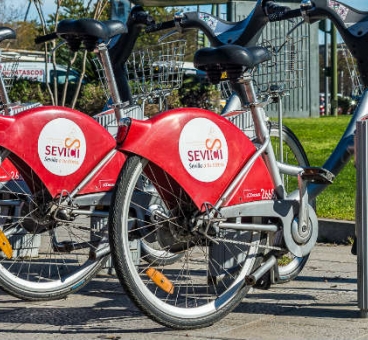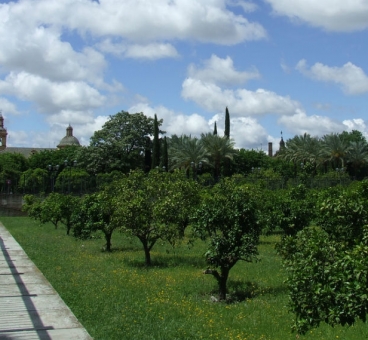If you go out from the historic centre of Seville through the famous Puerta de la Carne and walk for a few minutes towards the East, you will find yourself in what looks like another historical centre! And you're probably wondering, why does these streets and old houses suddenly appear here?
The ancient character of the layout and the buildings you can see in San Bernardo is due to the fact that during the time of the Reconquest, the troops of Fernando III 'El Santo' installed their headquarters here during their siege of Isbiliya (name of Almohad Seville). At that time, everything around this area was "countryside" (as the classics would say), and only a few hundred metres separated the camp from the city walls.
The names of the San Bernardo streets are reminiscent of that time: Campamento, Tentudía, Alonso Tello, Almonacid... which remind milestones and characters at those times.
Cofia Street, named after a legend that tells us about Fernando III, fleeing disguised as a maid after being discovered in a secret raid in the city, behind the walls. Obviously, he was fascinated by Seville, it was a time of legends and kings.


A historical building occupies a leading role in San Bernardo: its Royal Artillery Factory. Since the 16th century there have been foundry workshops, but it was in 1782 when the architect Vicente de San Martín conferred upon all his greatness and monumentality.
In the 'Fábrica de Artillería' in Seville, the lions of the Spanish Parliament melted down.
tweet
The Bridge of San Bernardo is one of the most unique regionalist buildings in Seville. It is the work of the engineer José Luis de Casso Romero and the architect Juan Talavera. The last one, has the most outstanding name of the Sevillian regionalism, which, with José Espiau and mainly Aníbal González, created a unique stamp on the city. Talavera is the author of such works as the Telefónica Building in Plaza Nueva, the Consulate of France and among others, the Church of San Cruz.
The San Bernardo Bridge stands out for its environmental integration, the use of carved bricks and colourful elements, such as its forge lanterns and neo- baroque sentries.
The Bridge of San Bernardo is one of the last testimonies, as well as the building of the Cadiz Train Station, of the old railway network of Seville that crossed the area.
-
Every Holy Wednesday, the district of San Bernardo celebrate the great day of Holy Week with the processional departure of their brotherhood.
-
The beautiful Church of San Bernardo, presents a mixture of baroque and neoclassical styles, and is one of the neoclassical centers of the neighborhood.
-
San Bernardo is known as the 'barrio de los toreros', since a good number of bullfighters came from here.
-
The neighbourhood is bordered to the east by the Buhaira Gardens, the former Arab orchards of the Palace with the same name.
-
Around San Bernardo there is a spectacular gastronomic choice, with some of the most successful new restaurants in the city.







